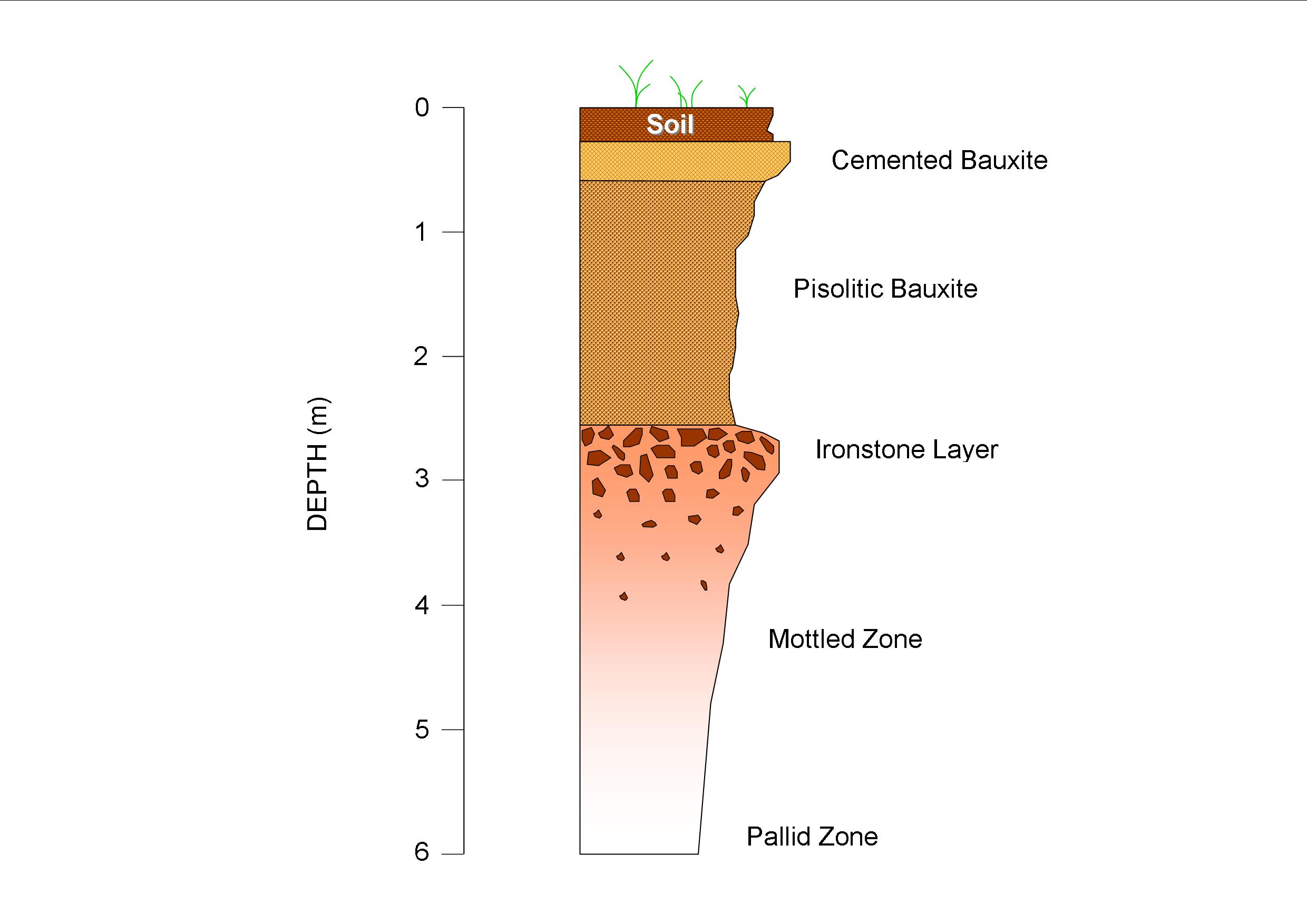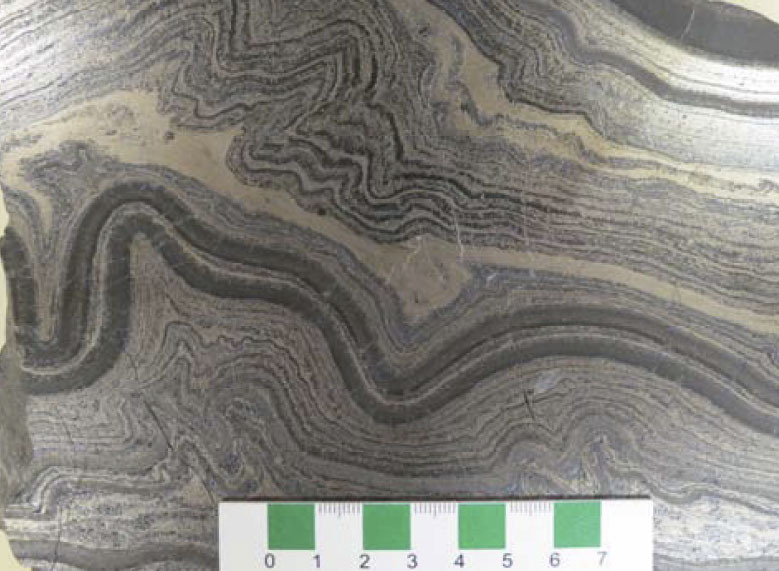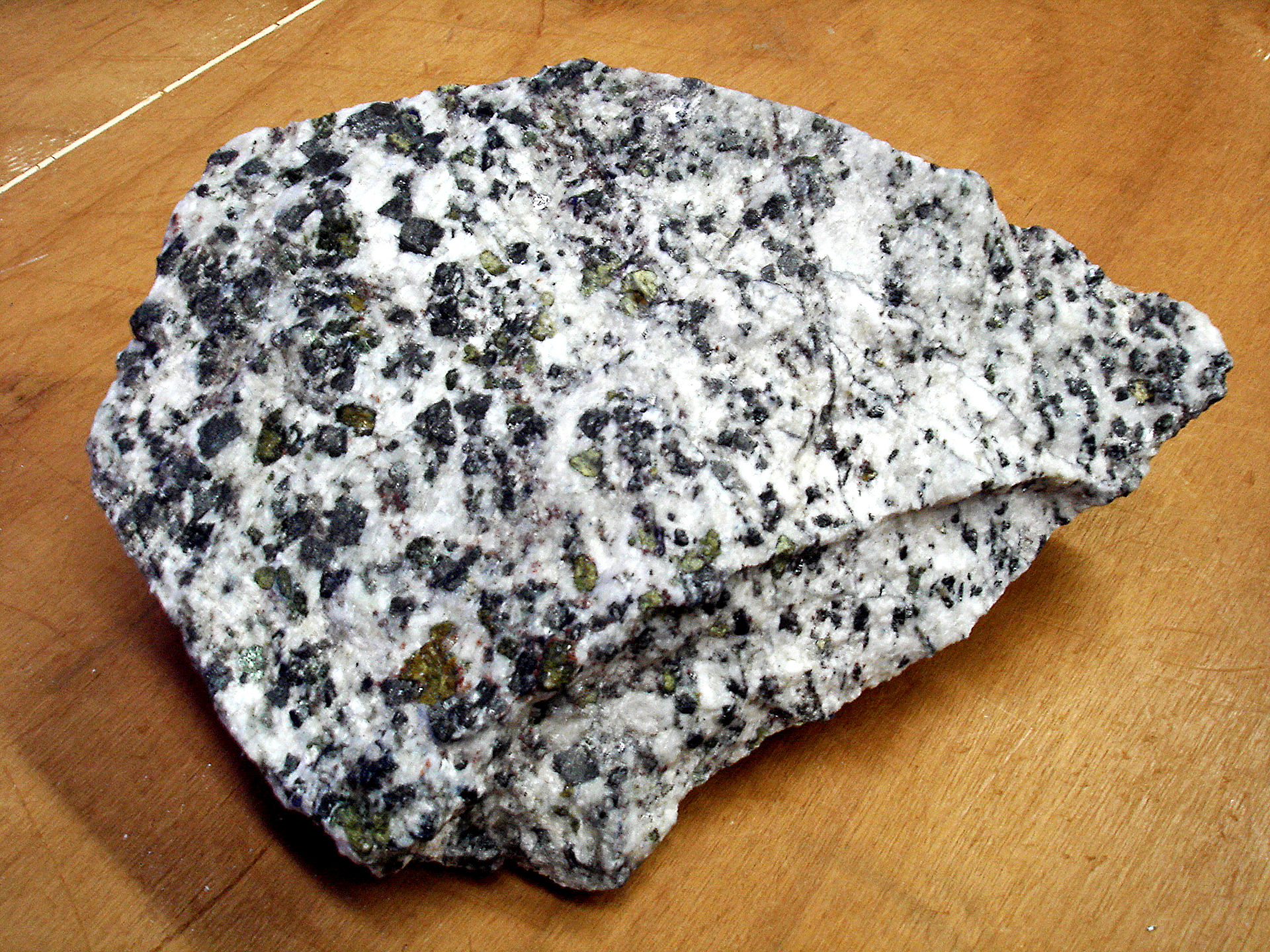In today’s tight capital markets company’s need to differentiate themselves from the many other projects vying for exploration dollars. Dolly Varden appears to be taking a more scientific approach to show potential investors that they know what they are doing.
[box type=”info” align=”aligncenter” ]Disclaimer: This is an editorial review of a public press release and not an endorsement. It may include opinions or points of view that may not be shared by the companies mentioned in the release. The editorial comments are highlighted so as to be easily separated from the release text and portions of the release not affecting this review may be deleted. Please view original release here.[/box]
VANCOUVER, BRITISH COLUMBIA–(Marketwired – Nov. 25, 2013) – Dolly Varden Silver Corporation (TSX VENTURE:DV)(OTCBB:DOLLF) (the “Company” or “Dolly Varden“), on November 8th, released the final assay results for its 2013 drill program (14 holes for 3,063m) over the historic Torbrit mine at the 8,800 hectare Dolly Varden property (the “Property”), in Northwestern BC. In the 1950s, the Torbrit mine produced in excess of 576 tonnes (18.5 million troy ounces) of silver at an average recovered grade of 466 g/t Ag (13.6 oz. /ton Ag).
Paul McGuigan, P.Geo., Vice President of Exploration, comments on the Torbrit mine exploration:
“Ongoing interpretation of Dolly Varden’s recent drill results indicates that the DVT exhalite horizon is comprised of at least two mineralized horizons and that most of the historic production at the Torbrit “Main Zone” was sourced from the lowermost horizon. The 2013 exploration has resulted in the discovery of a separate mineralized horizon, stratigraphically above the historically mined areas. This upper horizon (the Torbrit “Upper Zone”) is comprised of mixed stockwork, VMS & exhalite mineralization. Drill intersections from the “Upper Zone” contain similar silver grades and thicknesses to the past production from the lower horizon. Furthermore, the very highest grade intersections are interpreted to cut the Torbrit Main Zone and Upper Zone at a high angle, and are interpreted as discrete panels of the highest grade silver.”
[box type=”note” align=”aligncenter” ]
This release does not contain new exploration results, but is instead an update to their geologic interpretation and exploration model.
I’ve always liked that Dolly Varden doesn’t only talk about what they are doing, but also explains how their work is connected to their geological interpretations of the project. The deposit is interpreted to be Volcanogenic Massive Sulfide or VMS deposit where metal rich fluids are “exhaled” from sea floor volcanoes and settle in thick “lenses” around the site. VMS deposits are generally made up of multiple metals including zinc, lead, copper, silver and gold. This one is particularly rich in silver.
In case you were wondering, a Dolly Varden is a type of trout found in northern waters.
[/box]
FAVOURABLE CORRELATION WITH ESKAY CREEK SETTING

Company integration of all the geological, geochemical, geophysical and structural information confirms that the structural framework, and mineralization styles of the Dolly Varden deposits favorably correlate with the setting of the Eskay Creek Au-Ag VMS deposit. This compilation demonstrates that precious-metal-rich exhalite and VMS mineralization occurs within two important stratigraphic units on the Property, each unit containing multiple drilling targets for a 2014 program:
- DVT Horizon: at the base of the Eskay rift assemblage, where the newly understood Torbrit geology makes the base of the Eskay rift prospective for similar silver-rich mineral deposits at other locales on the Property, both adjacent and stacked, within and above the DVT horizon, and
- Eskay analogous – Contact Horizon: lying about 300 m above the DVT Horizon, where a major regional contact occurs between felsic volcanics and overlying sediments. Current and historical sampling and analyses show a strong potential for an Eskay Creek type Au-rich VMS.
The Company’s conclusions are supported by recent geological publications, including observation by Dunne & Pinsent (2002), BC Geological Survey Branch that stated “the Dolly Varden deposits may be the silver-rich equivalents of the precious metal-rich Eskay Creek deposit”. The very high grade Eskay Creek deposit that is located 120 kilometers to the northwest of Dolly Varden, produced 3.6 million ounces of gold and 180 million ounces of silver between 1995 and 2007.
[box type=”note” align=”aligncenter” ]
One of the best ways to get people excited about your project is to compare it to another successful project. Eskay Creek is a former gold and silver mine which was operated by Barrick Gold. Eskay Creek was also a VMS deposit, but more rich in gold than silver. There is some good evidence for a comparison.
[/box]
A Schematic Time stratigraphic diagram, illustrating the relationship between the prospective horizons, is available on the Company website.
MULTIPLE STAGES OF SILVER MINERALIZATION COMPOSE THE TORBRIT DEPOSIT
As previously disclosed by the Company, a NW-striking, normal fault (the “Northwest Fault” – a growth fault) disrupted the DVT horizon during its time of formation, placing the DVT horizon up to 150m lower on its east side, over time. Importantly:
- The steeply east-dipping Northwest Fault served as a linear feeder for the upwelling of multiple stages of mineralizing hydrothermal fluids and for venting of fluids onto the seafloor of the DVT horizon. Underground structural geological mapping in the Torbrit documented faulting and mineralization within a key sub-basin that defines the highest widths and grades within the Torbrit mine and DVT Horizon.
- 2013 Torbrit underground geological mapping and sampling shows the silver mineralization was introduced in multiple stages. Mid- and late-stage mineralization introduce much greater concentrations of native silver into the Torbrit structure, and onto the sea-floor, in successively repeating and overlapping events, adding significantly to the total silver grade.
- Drilling in 2013 has begun to define the distribution of these overlapping silver mineralizing stages. The veins, breccia and VMS of the later stages are mappable and, in 2013 drilling, yield core intervals of up to 17m of moderate- to high-grade silver.
[box type=”note” align=”aligncenter” ]
The company is interpreting multiple volcanic episodes which resulted in multiple thick zones of sulfide mineralization. This gives them multiple high grade targets that they can follow.
[/box]
DISCUSSION OF SIGNIFICANT NEW INTERPRETATIONS:
The Company continued with a balanced mineral exploration effort on the Property in 2013. Field crews mapped and sampled mineral showings and key lithologies across the entire Iskut River formation on the Property. Iskut River formation is the current Geological Survey of Canada nomenclature in the region for volcanic and sedimentary formations that fill the multiple sub-basins of the Eskay Rift. Combined with the new mapping at the Torbrit and the Dolly Varden mines, the following very significant conclusions can be supported:
- DVT Horizon exhalite is located at the base of the volcanic units of the Iskut River formation.
- An upper horizon, analogous to the Eskay – Contact Horizon geology is prospective for Eskay-type Au-Ag VMS, and lies about 300 to 400m above the DVT, at a major regional contact between felsic volcanics and overlying sediments. The Contact Horizon remains largely untested.
- At the Dolly Varden mine, high-grade silver mineralization occurs in veins and stockworks that cut the basal volcanic unit and crosses almost the entire vertical range of the unit.
- At the Wolf, and now Torbrit, fault and graben-related silver-rich veins and stockworks are feeders for Eskay-type VMS and exhalite. In the case of Wolf, the “Contact Horizon” with sediments is mineralized by a local vent that overlies the linear vein and stockwork system. At Torbrit, our 2013 diamond drilling shows that the VMS-exhalite is vented and deposited on the seafloor next to an active fault and graben system. Several “stacked” stratabound VMS and exhalite lenses occur over a range of up to 250m vertically, adjacent to the fault system.
[box type=”note” align=”aligncenter” ]
The company is using their 2013 drill results to refine their interpretation and develop an exploration and drilling plan for the 2014 season. In today’s tight capital markets company’s need to differentiate themselves from the many other projects vying for exploration dollars. Dolly Varden appears to be taking a more scientific approach to show potential investors that they know what they are doing.
Unfortunately for the company, silver prices are not particularly good which has made it difficult for the project to pick up steam. Their stock price has roughly tracked the price of silver and both are low right now. Silver is at a 3-year low and as of this writing the Dolly Varden stock price is sitting at $0.12, down from it’s $0.44 debut in 2012.
[/box]
QA/QC and Qualified Person (QP) Pursuant to Canadian National Instrument 43-101
Quality control procedures consisted of insertion of blanks, duplicates and standards. All analytical results reported herein have passed the Company’s ongoing QA/QC review. All drill core and rock samples for analysis were subject to metallic screen assay procedures, employing a large, one kilogram, pulverized sub-sample of each interval.
Paul McGuigan, P. Geo., Vice President – Exploration of Dolly Varden Silver Corp., who serves as a Qualified Person under National Instrument 43-101, supervised and approves the preparation of the scientific and technical information disclosed in this news release. Information regarding data verification, surveys and investigations, quality assurance program and quality control measures and a summary of analytical and testing procedures are provided on the Company’s website.
[box type=”success” align=”aligncenter” ]Have a company or release you’d like us to look at? Let us know though our contact page, through Google+, Twitter or Facebook.[/box]
Subscribe for Email Updates






